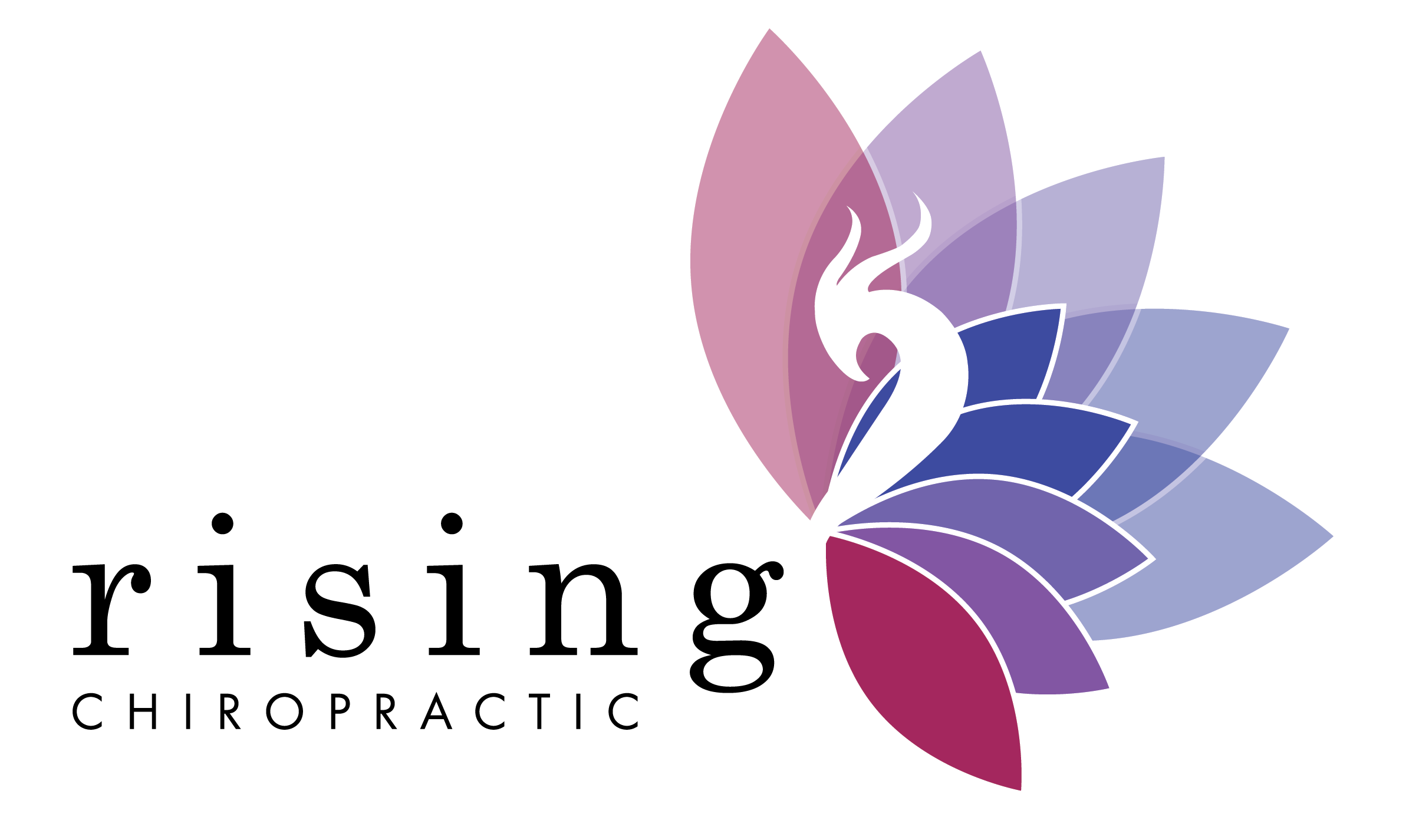Designed & Boosted by My Social State
TECH NECK: WHAT IS IT AND HOW DO YOU GET RID OF IT?
“There is no effect without a cause.
Chiropractors adjust causes. Others treat effects.”
~Dr. B.J. Palmer~
There are many benefits of living in this technological age. Immediate access to endless amounts of information, convenience, faster communication, productivity (sometimes)…but unfortunately, it comes at a cost to our health. With the advent of technology has come Tech Neck, a major source of poor health and function, that experts say is worsening as we have become more reliant on our devices.
What is “Tech Neck”?
Tech neck is a spinal condition caused by repetitively looking down at electronic devices for long periods of time. This condition places stress and tension on the soft tissues of the cervical and upper thoracic spine (neck and upper back) that eventually leads to neck and shoulder pain, stiffness, and soreness. Tech Neck pain starts in the neck and spreads down to the upper back and shoulders areas.
The cause of tech neck is the increasing amount of time people spend using their devices. Most people use their devices while looking down—even if just slightly, and many people willingly spend hours a day in this position. It is estimated that many people spend 5-6 hours a day looking down at their smartphone while texting, checking social media, sending and reading emails, and using apps. The numbers look even worse for teenagers who seem to be permanently attached to their smartphones! One-half of young adults spend about 10-12 hours a day looking at their device. That’s 1,825 – 4,380 hours a year with your head bent forward and down in an unnatural position. And it’s not just cellphones. Many young people and children use handheld video games and spend hours at a time everyday playing these games; not to mention us old-timers who still use laptop and desk top computers!
Tech Neck or Forward Head Posture?
You have seen that person. Permanently bent over, with a hump in their mid- to upper-back. Their head so far forward that their faces are looking down at the ground most of the time, struggling to look up to see your face. Their shoulders are rounded, and they probably don’t breathe very well. They need to use a walker or cane to walk and stand. This person is usually elderly and has lived a long, fulfilling life.
This is a condition known as the “Forward Head Posture,” and it is something we expect to see in people as they age.
At least…this is what we imagine.
Forward head posture is the more technical term for Tech Neck. You see, problems that have historically affected the elderly are already affecting our children, teens, and young adults.
Here are some stark realities:
- More and more children and teens today suffer from neck and back problems due to tech neck and the poor posture associated with it.
- Pain from tech neck is expected to grow exponentially as more and more people spend hours every day looking down at their devices.
- The iPhone has been around since 2007, and there are currently about 295 million people who own a smartphone. That’s 90% of the population in the US.
- It’s a given that each and every one of these 295 million people will experience health problems due to tech neck.
When smart phones first came out, high-speed data from cell providers was not yet available. Today, it is widely available, and many people use their phones to access the internet, shop, text, email, play games —they pretty much do everything with their devices. Each newly found capability added to our smart phones means people will be spending more time staring down at their phone.
Bad Posture is the Cause of Tech Neck
The root of the tech neck problem is poor posture. The average human head weighs between 10-12 pounds. However, the further you bend your head down and forward, the greater the stress your head places on your neck and upper back. By the time your head is at 30º, the stress and pull are equivalent to having a 40-pound head, and at 60º, a 60-pound head!
That’s about six bowling balls on top of your neck!!
Being in a head forward and down position for hours at a time is not something your neck was designed to handle, and it pulls at the neck, muscles, ligaments, and nerve tissue.
Important Functions of the Cervical Spine (neck)
- Your head sits on top of your cervical spine
- It allows you to move your head up and down, and turn from side-to-side
- The cervical spine protects the brainstem, spinal cord, nerve roots, and all the nerve impulses that run down and throughout the body
- Your neck acts like a shock absorber, cushioning your brain from jolts and jarring impacts.
When properly aligned, your neck forms a C-shape that is open towards the back. Your entire spine forms an S-shape. These curves are essential and allow you to bend, move, and absorb vertical shock. Poor posture of any kind is detrimental to spinal function, and the unnatural head forward and down position of texting can cause damage.
Tech Neck Causes Health Problems
There is an old saying, “where the head leads, the body follows.” In the case of tech neck, the strain placed on the cervical spine pulls against the natural curvature of the neck, changing it from curving to the back, to straight, and eventually, for some, to a reverse curve (called “kyphosis”). And as the head pulls the neck forward, it also pulls at the soft tissues in the neck, weakens spinal ligaments, and causes postural abnormalities.
Usually, people begin to notice a problem when they get neck pain and headaches. Pain is your body’s built-in fire alarm, telling you that something is wrong. The truth is: Pain develops after the actual problem has been present for a while. After all, only 10% of your nervous system feels pain.
Before your internal fire alarm sounds (the pain response), the underlying cause smolders underneath. The tension and pulling of the neck and upper body will cause subluxations in the spine. Subluxations are misalignments in spinal bones that cause interruptions in nerve function. Subluxations cause nerve compression. This, in turn, promotes irritation and inflammation that ultimately reduces function in the areas of the body those nerves were supplying. Because subluxations promote abnormal joint motion, they can also lead to herniated discs, varying degrees of degeneration/decay (arthritis), and nerve problems like numbness and tingling.
Spending excessive time with your head forward and down also reduces your lung capacity, which decreases the amount of oxygen circulating in your body and reaching your brain. The lack of oxygen also weakens your immune system, slows down healing, and affects overall brain function in the long-term.
In the case of Tech Neck, the nerves in the cervical spine (neck) and upper thoracic spine (upper back) will be impacted. This is the most mobile—and unstable–part of your spine, and it protects the most important functions of your body. These nerves are responsible for the functions of your brain and brain stem, hearing, eyes, facial muscles, sinuses, and more. When nerves are compressed, their effectiveness is diminished. Subluxations in these regions can cause headaches, dizziness, lack of focus, vision problems, high blood pressure, fatigue, thyroid conditions, sinus problems, and much more…ultimately leading to the pain and discomfort that will bring you into my chiropractic office for help.
Protect Yourself from Tech Neck
Awareness of tech neck, what causes it, and the problems associated it with should be a wake-up call to maintain proper posture while using a smart phone. Simply lifting the phone or video game to a higher position will help a lot.
Secondly, make sure to stand up and move around for at least 10 minutes of every hour. We sit too much, and that puts even more stress on our bodies.
Third, engage in regular physical activity that gets your body and spine moving in all planes of motion—front/back, side to side, diagonal, twisting, etc. The more you move your body and your spine, the more you can offset the effects of tech neck. This means a healthier and happier YOU.
Fourth, get your chiropractic adjustments on a regular basis. Specific and gentle adjustments to the spine will remove subluxation and encourage proper spinal position and function. Regular chiropractic care is essential for everyone, especially with spending the amount of time we do with our neck in a bad position. It is guaranteed to cause subluxations (misalignments) in the neck. Those subluxations need to be removed to limit the likelihood of future problems, such as the ones mentioned above.
Chiropractic Care and Tech Neck
Doctors of Chiropractic are uniquely qualified to correct tech neck and the problems that can develop because of it. The stress of tech neck causes subluxation, and chronic subluxation perpetuates tech neck. It is a vicious cycle that causes the spine (and eventually the entire body) to suffer. It is an obvious and natural solution to see to a chiropractor who has specialized training to make sure the vertebrae in the spine are correctly aligned.
The team at Rising Chiropractic will identify problems in your spine and nervous system and determine how far the effects of tech neck may have progressed. If we can help you, we will design an individualized care plan to correct the underlying problem, reverse the effects of tech neck, and restore proper function back to your nerves. Chiropractic care is one of the best means of wellness and preventative care. Having your spine properly aligned on a consistent basis will stop a lot of problems before they even begin.
We know that tech neck and staying in a head down position for long periods is going to hurt your spine and cause subluxation. We know this can lead to a host of health problems over time. But it doesn’t have to. Take steps now to prevent tech neck.
Call Rising Chiropractic at (706) 524-8077 and arrange for a new patient appointment and consultation. Tech Neck is a problem we can correct. We can free you from neck pain and other problems of tech neck, and we can help you rise above your limitations and live in health. Let us help.
Info@risingchiropracticevans.com
PHONE
(706) 524-8077
ADDRESS
625 Ponder Place Drive #2
Evans, GA 30809

HOURS
Monday:
9:00 AM - 11:00 AM
3:00 PM - 6:00 PM
Tuesday:
2:00 PM - 6:00 PM
Wednesday:
9:00 AM - 11:00 AM
3:00 PM - 6:00 PM
Thursday:
2:00 PM - 6:00 PM
Fri, Sat, Sun: CLOSED

